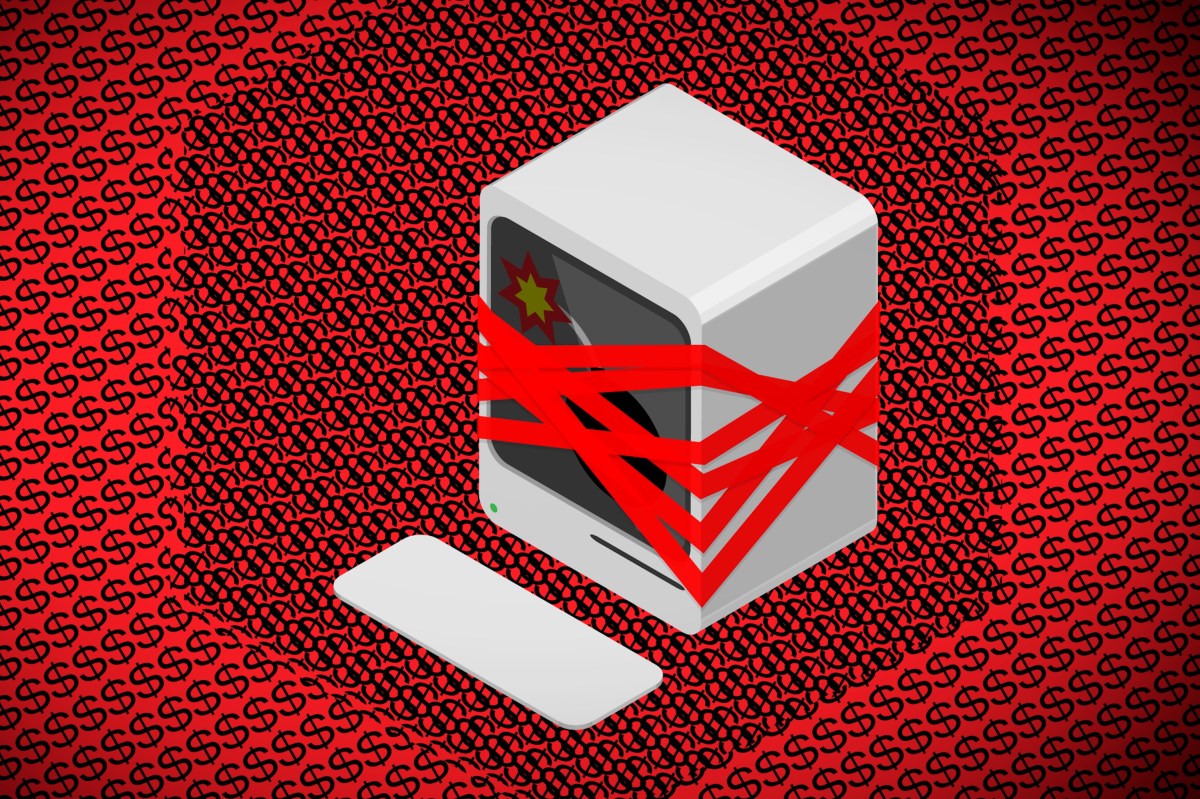Stage-by-Stage FAQs
1. Awareness
Q: What triggers Awareness today, and which channels convert best?
A: Triggers range from regulatory change to peer recommendations on LinkedIn. High-performing teams mix thought-leadership (SEO, analyst mentions, social proof) with targeted paid media. Measure impressions, branded search lift, and qualified web sessions.
2. Education
Q: How do we prevent prospects from ghosting after the first webinar download?
A: Map Education content to pain-point depth, not product features: think checklists, ROI calculators, or peer case studies. Track content-to-MQL conversion rates and time in stage.
3. Consideration
Q: What persuades buying committees in 2025?
A: Independent validation—G2 crowd reviews, customer videos, security badges—and AI-driven product tours that let buyers test scenarios with their own data. Key metrics: demo requests, intent-signal spikes, and opportunity creation.
4. Decision
Q: How can we increase win rates when CFOs scrutinize every expense?
A: Arm champions with business-case templates that highlight payback inside 12 months. Bundle implementation success plans to reduce perceived risk. Monitor win rate, average selling price, and sales-cycle length.
5. Onboarding
Q: What’s an acceptable Time-to-Value (TTV) benchmark?
A: Best-in-class B2B SaaS firms now target a TTV of 30 days or less for core functionality. Deploy guided walkthroughs, in-app checklists, and named CSMs to hit that mark. Watch onboarding completion rates and early-use NPS.
6. Value Realization
Q: How do we prove real ROI quickly?
A: Establish an executive-level “outcomes dashboard” at kick-off, revisit it 30/60/90 days, and tie it to renewal criteria. Leading companies maintain median NRR of 104 % among bootstrapped peers—a direct result of quantifying value early.
7. Growth (Upsell/Cross-Sell)
Q: What signals show a customer is ready to expand?
A: Usage thresholds (e.g., 80 % of licensed seats), new funding events, org-chart changes, or roadmap alignment. Automate product-led “expansion nudges” and schedule QBRs to surface opportunities. Track expansion ARR, NRR, and product-adoption depth.
8. Advocacy
Q: How do we convert happy users into vocal champions?
A: Launch tiered advocacy programs—reviews, referrals, co-marketing—rewarding participants with access to beta features or executive briefings. Measure referrals generated, reference availability, and advocacy-sourced pipeline.
Cross-Lifecycle FAQs
Which metrics matter most across the bowtie?
| Life-Cycle Zone |
Primary KPIs (2025 benchmarks) |
| Acquisition |
MQL-to-opportunity conversion (≥12 %), CAC payback (<18 months) |
| Onboarding |
TTV (<30 days), implementation CSAT (>85 %) |
| Value/Growth |
NRR (≥104 % median; 110 % top quartile) |
| Advocacy |
Referral-sourced pipeline (goal: 10–20 % of new ARR), public reviews submitted |
How should teams align ownership?
- Marketing owns Awareness through Consideration, co-owns Decision.
- Sales leads Decision and partners with CS for Growth.
- Customer Success leads Onboarding, Value Realization, and Advocacy, with Marketing support for programmatic campaigns.
Shared OKRs—like NRR and expansion pipeline—keep everyone rowing in the same direction.
- CRM & RevOps: HubSpot or Salesforce with Revenue-Intelligence overlays.
- CS Platforms: Gainsight, ChurnZero, Totango for health scoring and playbooks.
- Advocacy & Community: Influitive, Common Room, or a Slack community.
- Analytics: Snowflake + BI (Looker, ThoughtSpot) align data across teams.
Conclusion
B2B growth in 2025 is a lifecycle sport. When every function—from demand gen to customer success—optimizes its slice of the bowtie, companies unlock compounding revenue through higher retention, lower CAC, and a self-propelling advocacy flywheel.
Ready to turn your lifecycle into a predictable pipeline engine? Let’s brainstorm. Email us at acceleration@heinzmarketing.com to schedule a free session.








